
Recommendation
Resilience helps people negotiate life’s ups and downs, sometimes spurring them toward greater achievements. But why do some people thrive on adversity, stress and trauma, while others become mentally unstable? Dr. Laura Moreno-López and her University of Cambridge team discovered physical manifestations of resilience in the brain, leading them to conclude that this critical human trait can be learned.
Summary
About the Author
Laura Moreno-López, PhD is a Wolfe Health Neuroscience Fellow and Research Associate at the University of Cambridge, where she studies “resilient functioning” in traumatized adolescents and young adults.
Learners who read this summary also read
Book
Book
Book
Book
Book
Book









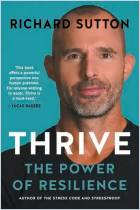
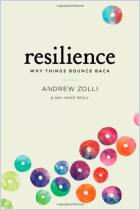
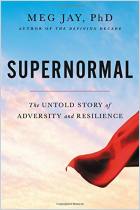
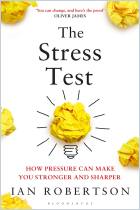
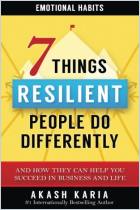




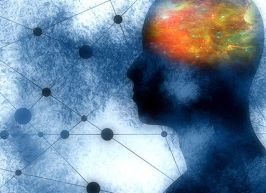

Comment on this summary